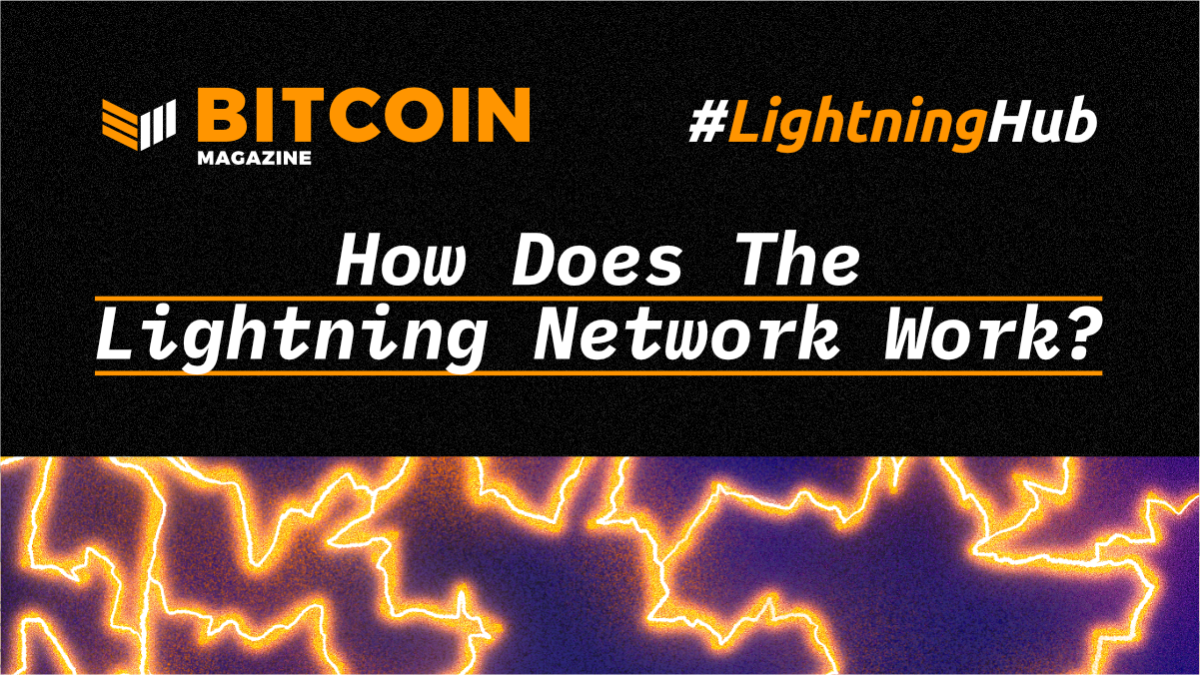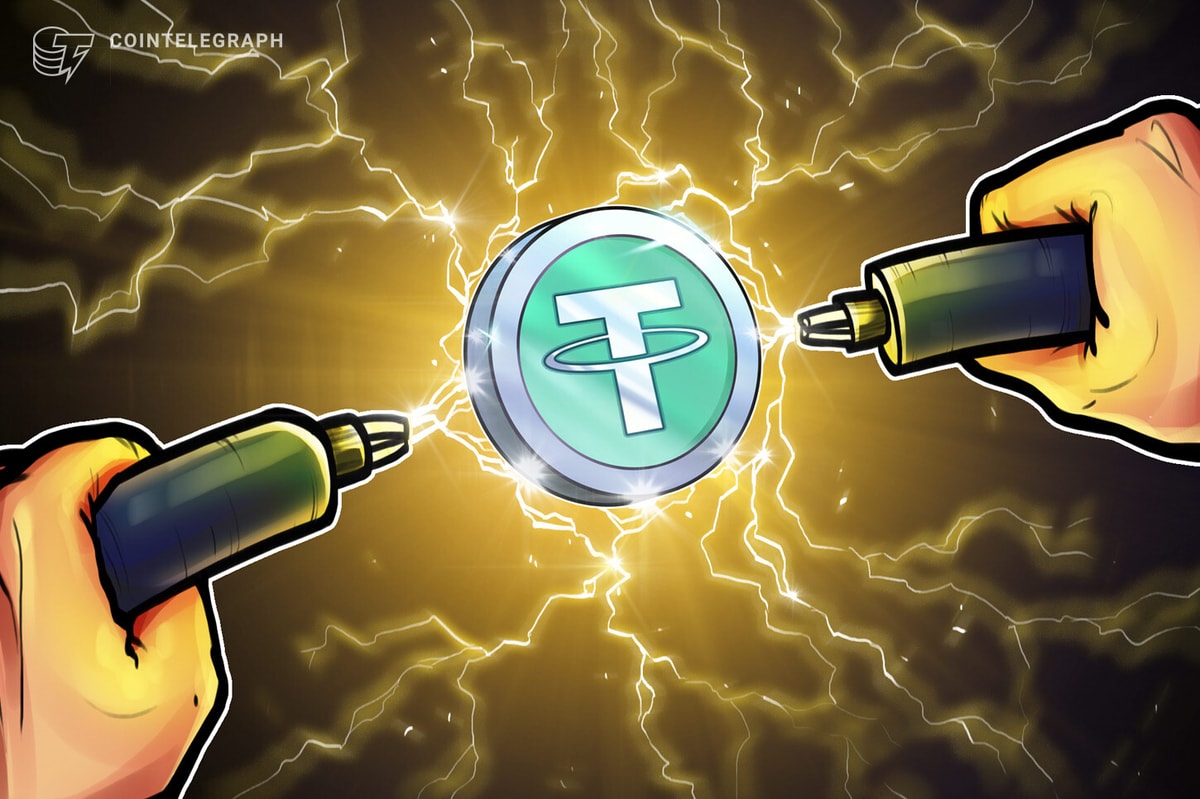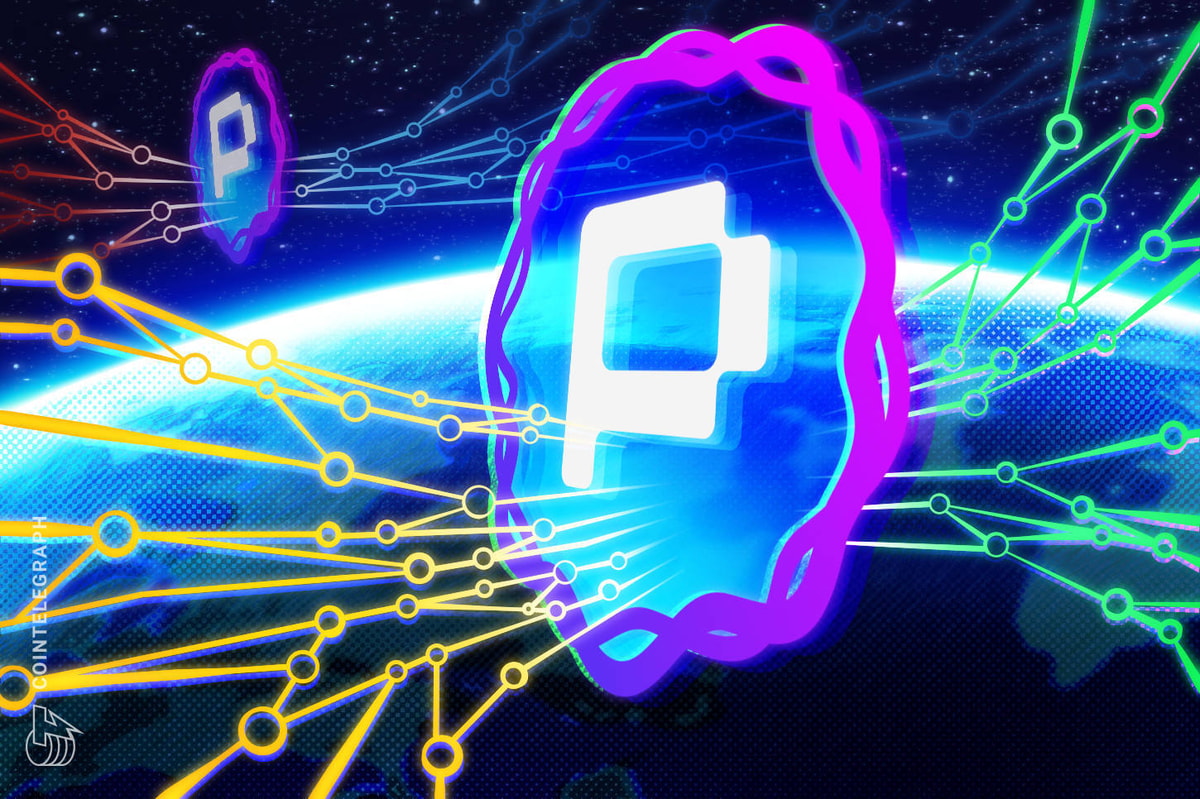
The Lightning Network is a network of payment channels. A payment channel is perhaps best understood as a complex type of multisignature address for which two users hold a private key; the funds in the address are shared between the two users. If one user makes a payment to the other, they update their respective balances in the payment channel, which translates into how much of the funds they can later get from the address.
For example, if Alice and Bob share a payment channel worth 4 BTC where both own 2 BTC, and Alice pays Bob 1 bitcoin, the payment channel balance is updated so Alice holds 1 bitcoin, and Bob holds 3 bitcoin. Meanwhile, all 4 BTC are still in the same shared address.
When they close the channel, the final score is settled. In the above example, Alice and Bob would agree to send one of the 4 bitcoin to Alice and 3 of the 4 bitcoin to Bob. The added complexity mentioned previously lies in safety precautions to ensure that neither user can cheat. Both users could always claim their share (even if the other doesn’t cooperate), and neither user can claim more than their share.
What makes the Lightning Network a network is that the payment channels are cryptographically linked with other payment channels. If Alice has a payment channel open with Bob, and Bob has a payment channel open with Carol, Alice can pay Carol through Bob. In other words, Alice pays Bob, and Bob pays Carol, and this happens in such a way that Bob cannot cheat by stealing the funds, nor can Alice and Carol cheat by claiming they have or haven’t sent or received the funds.
Similar to the concept of “six degrees of separation,” the idea is that all Lightning Network users will be able to pay all other Lightning Network users either directly, or through one or several forwarding users.
For more detail on how the Lightning Network works, make sure to visit our articles “Understanding The Lightning Network, Part 1,” “Understanding The Lightning Network, Part 2” and “Understanding The Lightning Network, Part 3.”










